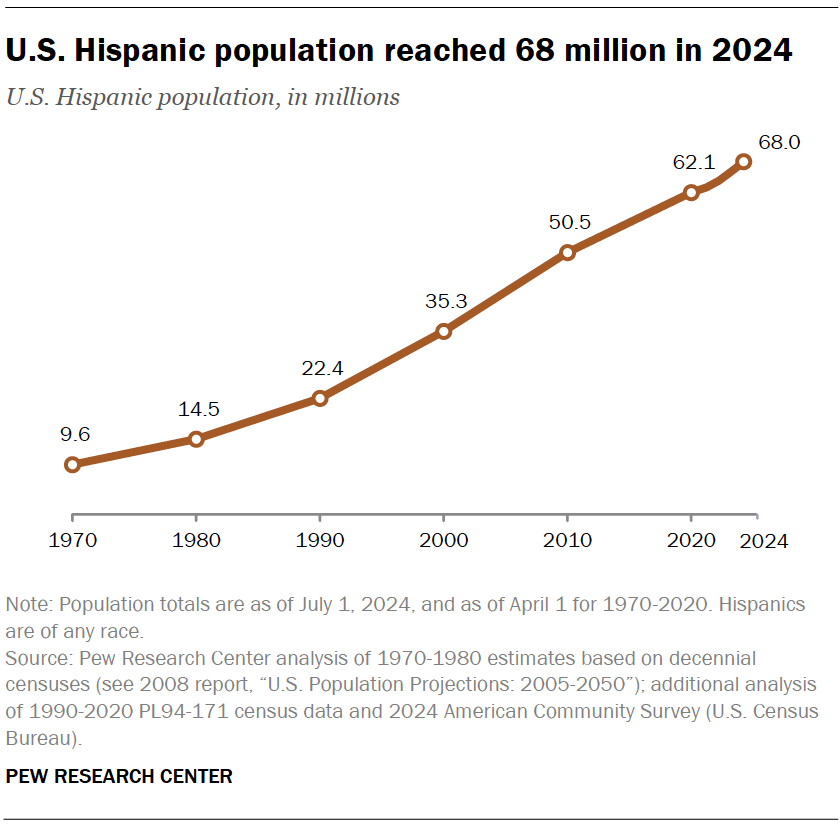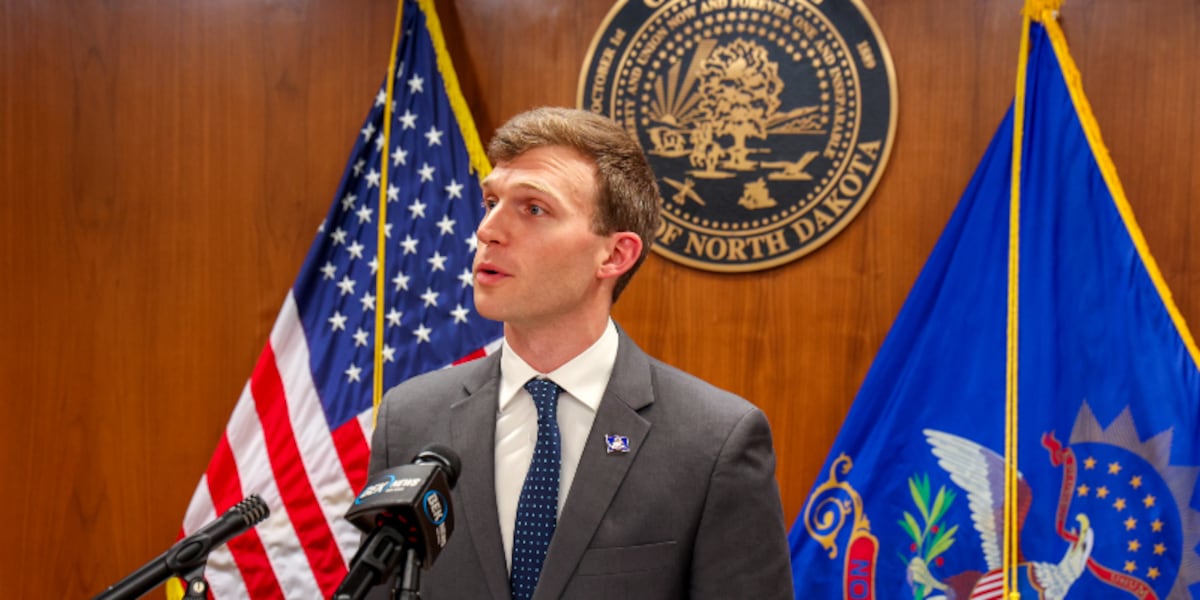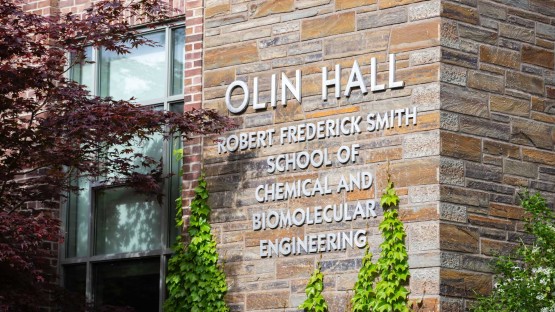Report on the Open Educational Resources Initiative and its Contribution to Sustainable Development Goals
Introduction
The Open Educational Resources (OER) Consortium at the University of New Mexico (UNM) has launched a significant initiative to provide free, accessible learning materials to postsecondary students. In observance of International Open Access Week, the consortium has organized a series of events to promote its objectives. This report details the program’s structure, its impact, and its direct alignment with key United Nations Sustainable Development Goals (SDGs).
Alignment with Sustainable Development Goals (SDGs)
SDG 4: Quality Education
The OER initiative makes a direct and substantial contribution to ensuring inclusive and equitable quality education and promoting lifelong learning opportunities.
- Target 4.3 (Equal Access to Affordable Education): By creating and distributing free textbooks, the program removes significant financial barriers, thereby promoting equal access to affordable and quality tertiary education for all students.
- Target 4.7 (Education for Sustainable Development): The program fosters critical thinking and provides perpetual access to knowledge. As stated by OER Program Coordinator Sammi Williams, “The more you read, the more you know, the more critically you think.” Resources are available on the consortium’s website in perpetuity, supporting lifelong learning beyond the duration of a course.
SDG 1: No Poverty & SDG 10: Reduced Inequalities
The initiative addresses the economic burdens associated with higher education, which contributes to poverty alleviation and the reduction of inequalities.
- Financial Impact: The program has saved students across New Mexico over $1,027,785 in the 2024-2025 academic year alone, directly alleviating the financial strain on students and their families.
- Reducing Inequality: High textbook costs disproportionately affect students from lower socioeconomic backgrounds. The OER initiative ensures that all students have equal access to required educational materials, reducing inequalities of outcome and promoting social inclusion.
SDG 17: Partnerships for the Goals
The success of the OER program is built upon a multi-stakeholder partnership, exemplifying the collaborative approach required to achieve sustainable development.
- Academic Collaboration: The initiative is a consortium effort involving the University of New Mexico, Central New Mexico Community College (CNM), and Santa Fe Community College (SFCC).
- Governmental Support: The program is funded by the U.S. Department of Education’s Fund for the Improvement of Postsecondary Education Open Textbooks Pilot Program Grant, demonstrating a public partnership to improve educational access.
- Civil Society Engagement: For its community outreach, the consortium partnered with Friends of the Public Library to source books for a free public book fair.
Program Operations and Community Engagement
Core Program Features
- Faculty members are encouraged and supported to create, write, or adapt educational materials for their courses.
- The resulting textbooks are published online and are made available to students and the public for free, forever.
- The long-term objective is to expand the consortium to serve the entire state of New Mexico.
Outreach and Awareness Activities
To promote the principles of Open Access, the consortium scheduled several public events, including:
- A series of webinars and workshops beginning October 1.
- A free public book fair held outside Zimmerman Library on October 21 and 22.
- A movie screening at the Guild Cinema focusing on copyright and access.
1. Which SDGs are addressed or connected to the issues highlighted in the article?
SDG 4: Quality Education
- The article’s central theme is the Open Educational Resources (OER) initiative, which aims to provide free learning materials to students. This directly supports the goal of ensuring inclusive and equitable quality education by removing financial barriers to accessing educational content. The article states, “OER is an initiative that works with educators to provide their learning materials to students for free,” which is the core of promoting quality education for all.
SDG 10: Reduced Inequalities
- By making textbooks and learning materials free, the OER initiative helps to reduce the economic inequalities that exist within the education system. The high cost of textbooks can be a significant burden, particularly for students from lower-income backgrounds. The article highlights that the program has “saved New Mexican students over $1 million in the 2024-25 school year,” directly addressing the financial inequality that can prevent students from accessing or succeeding in higher education.
SDG 17: Partnerships for the Goals
- The success of the OER initiative described in the article is built on strong partnerships. It details a collaboration between multiple educational institutions (“the University of New Mexico… Central New Mexico Community College (CNM) and Santa Fe Community College (SFCC)”), a government body providing funding (“U.S. Department of Education’s Fund for the Improvement of Postsecondary Education”), and a civil society organization (“Friends of the Public Library is providing the books that will be given away”). This multi-stakeholder collaboration is a clear example of the partnerships needed to achieve sustainable development goals.
2. What specific targets under those SDGs can be identified based on the article’s content?
SDG 4: Quality Education
-
Target 4.3: By 2030, ensure equal access for all women and men to affordable and quality technical, vocational and tertiary education, including university.
The article directly relates to this target by focusing on making tertiary education at the University of New Mexico and community colleges more affordable. The provision of free textbooks eliminates a major cost, thereby improving equal access to quality education based on merit rather than financial capacity. -
Target 4.c: By 2030, substantially increase the supply of qualified teachers, including through international cooperation for teacher training in developing countries.
While the focus is on materials, the initiative supports educators. The article mentions, “We encourage and help faculty to create free textbooks, that can be either writing of their own or writing or adapting someone else’s work.” By providing tools and support for faculty to develop and share high-quality, open-access materials, the program enhances their capacity and resources, contributing to the quality of teaching.
SDG 10: Reduced Inequalities
-
Target 10.2: By 2030, empower and promote the social, economic and political inclusion of all, irrespective of… economic or other status.
The OER program promotes the economic inclusion of students in higher education. By removing the cost of textbooks, it ensures that students from all economic backgrounds have the same access to required course materials, reducing a significant financial barrier that could otherwise hinder their academic progress and success.
SDG 17: Partnerships for the Goals
-
Target 17.17: Encourage and promote effective public, public-private and civil society partnerships, building on the experience and resourcing strategies of partnerships.
The article exemplifies this target by describing the consortium as a partnership between public institutions (UNM, CNM, SFCC). This partnership is supported by public funding (U.S. Department of Education grant) and collaborates with a civil society organization (Friends of the Public Library) for community events. This demonstrates an effective public and civil society partnership.
3. Are there any indicators mentioned or implied in the article that can be used to measure progress towards the identified targets?
Indicator for Target 4.3 (Affordable Tertiary Education)
-
Mentioned Indicator: Total cost savings for students.
The article provides a specific, quantifiable metric to measure the program’s impact on affordability: “This initiative has saved New Mexican students over $1 million in the 2024-25 school year.” This figure serves as a direct indicator of the financial burden removed from students, thus measuring progress toward making tertiary education more affordable.
Indicator for Target 10.2 (Economic Inclusion)
-
Implied Indicator: Number of students and institutions participating in the cost-saving program.
While not giving an exact number of students, the article implies a broad reach by mentioning the involvement of three major institutions (UNM, CNM, and SFCC) and the goal of “building a consortium for the entire state of New Mexico.” The scale of the financial savings ($1 million) also implies that a large number of students are benefiting, indicating progress in economic inclusion across the student population.
Indicator for Target 17.17 (Effective Partnerships)
-
Mentioned Indicator: The existence and nature of multi-stakeholder partnerships.
The article explicitly identifies the partners involved: a consortium of three higher education institutions, a federal government funding program (Open Textbooks Pilot Program Grant), and a non-profit organization (Friends of the Public Library). The existence of this functioning, cross-sector collaboration is itself an indicator of progress toward building effective partnerships.
4. Table of SDGs, Targets, and Indicators
| SDGs | Targets | Indicators |
|---|---|---|
| SDG 4: Quality Education | Target 4.3: Ensure equal access for all to affordable and quality tertiary education. | Mentioned: Total cost savings for students, explicitly stated as “over $1 million in the 2024-25 school year.” |
| SDG 10: Reduced Inequalities | Target 10.2: Promote the social and economic inclusion of all. | Implied: The number of students and institutions (UNM, CNM, SFCC) benefiting from the removal of textbook costs, promoting economic inclusion in education. |
| SDG 17: Partnerships for the Goals | Target 17.17: Encourage and promote effective public and civil society partnerships. | Mentioned: The existence of a partnership between public educational institutions (UNM, CNM, SFCC), a government funding body (U.S. Department of Education), and a civil society organization (Friends of the Public Library). |
Source: kunm.org







